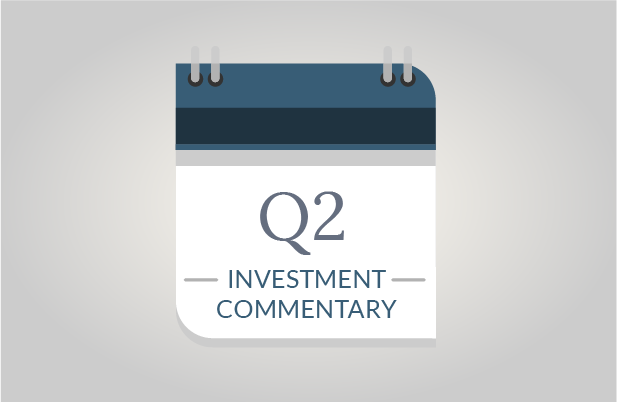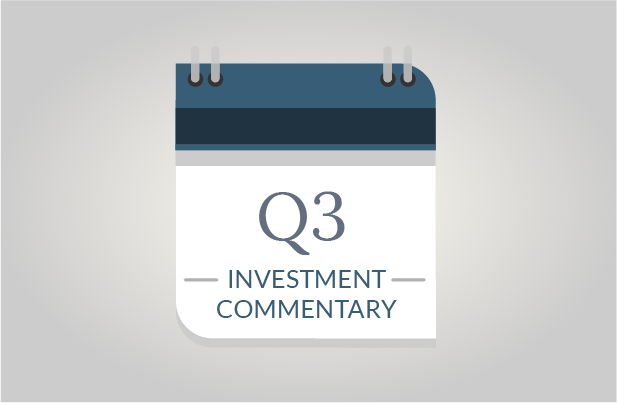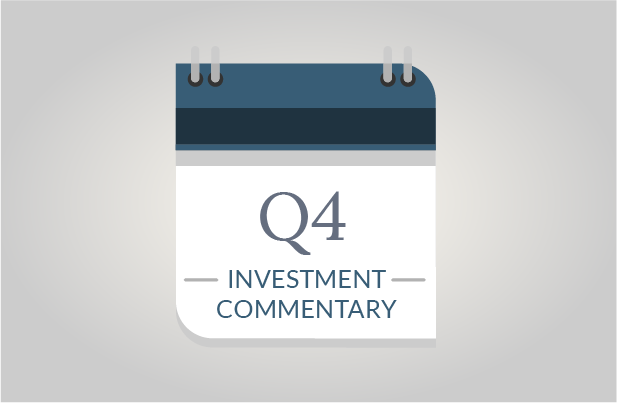SageVest Wealth Management’s most recent quarterly investment commentary is now available, reviewing the second quarter of 2018. Highlights include:
– Second quarter returns remained fairly anemic.
– The economy and the job market remain strong, offering a hopeful outlook, particularly when combined with tax reform.
– Global trade tensions are the primary weight on the markets, leaving investors and businesses wary due to extreme unknowns.
Two Steps Forward, One Step Back
Market volatility fortunately subsided in the second quarter, despite a number of ups and downs. Stocks experienced several stretches of advancement, as well as several set-backs, particularly as global trade tensions escalated. Just as you took two steps forward, you took one step back. This is frustrating for investors at any time, but particularly on the heels of 2017’s strong market momentum.
US stocks experienced modest advancement in the second quarter, while international stocks and bonds lagged. Overall, 2018 has been rather lackluster as of the mid-way point for the year, leaving investors wondering if the bull market will revive itself, or if further downside exposure is on the horizon.
A Growing Economy – Rejoice!
Despite a frustrating year in stocks, the economy is thriving. Ironically, this is the reverse of several recent years when economic growth lagged, while the stock markets soared. After years of sluggishness, our US economy and many economies abroad are enjoying the growth they yearned for over the stretch of almost a decade. We’re no longer fighting deflation. Rather, inflation is back on the radar (to be discussed later in this commentary).
Tax Reform And Tax Cuts
It’s too early to determine if there was a cause and effect relationship between tax reform and economic growth, particularly as current signals are somewhat mixed. Company profits have been growing, as have American paychecks since the tax cuts were put into place. However, it’s not clear how Americans are utilizing their extra earnings. Retail and food service sales showed recent jumps in May, but inflation-adjusted consumer spending actually contracted in the first few months of the year. We remain hopeful that tax cuts will generate further growth, but the true effects might not be seen for another six to twelve months.
A Hot Job Market
One area of our economy that is certainly thriving is our job market. We’ve experienced the longest payroll growth stretch in the history of payroll data tracking, placing our unemployment rate notably below the natural unemployment rate. Wage growth is finally occurring, helping many deserving families to rebuild, particularly if they weren’t fortunate enough to participate in recent stock market growth.
While everyone enjoys the fruits of growth, there is always another side of the coin. A strong job market is often a warning sign of a mature stage in a stock market cycle. It can also be a prelude to inflation.
Higher wages either reduce corporate profits if companies are forced to absorb wages, or they can trigger inflation if companies push higher costs out to the consumer. Both have the potential to disrupt the markets, albeit perhaps not for several quarters or longer, particularly if wage growth and inflation remain at modest, healthy levels.
Rising Interest Rates
As the economy heats up, the Federal Reserve Board (Fed) has been raising its benchmark short-term interest rate. The most recent hike was the seventh rate increase since the Fed began increasing interest rates. The Fed has also been unwinding its colossal balance sheet of debt, allowing bonds to mature on the open market rather than rebuying the debt (just as the European Central Bank recently decided to do).
All points on the yield curve have increased since these efforts commenced, but short-term interest rates have risen far more significantly than long-term rates. We believe there are four main takeaways about this new relationship in rates:
- Cash Yields: After years of virtually zero return on cash and CDs, investors can finally achieve modest returns. If you have significant cash balances, it’s worth looking at yield potential.
- Accommodative Long-Term Rates: Rates have increased, but the 10-year Treasury yield remains under 3% and below historical averages of closer to 4%. This means mortgages and other loans cost more than a year ago, but they’re still largely affordable, helping to support economic expansion.
- The Potential For A Yield Curve Inversion: As short-term rates have been rising more sharply than long-term rates, the yield curve has been flattening, perhaps with the potential for short-term rates to exceed long-term rates, known as an inversion of the yield curve. Should this happen, it’s a distinctly foreboding sign for the economy and the markets. We’re not predicting an inversion, but we are watching carefully, given how flat the yield curve has become.
- The Markets Don’t Predict Significant Inflation: If long-term rates do begin to escalate, it’s an indication of higher inflation on the horizon. Relatively modest long-term rates suggest that the inflation outlook remains in check, hopefully meaning that wages and the economy can continue to grow for the foreseeable future, ideally generating further stock market gains as well.
Emerging Markets
While inflation remains in check among developed markets, the story is very different among some emerging markets, such as Turkey. A fairly strong rise in the US Dollar is weighing heavily on emerging markets with debt issued in US Dollars. This relationship is making debt payments increasingly expensive and is triggering double-digit inflation in some areas, creating economic risks and distinct hardships. This hasn’t had much effect on developed market investments thus far, but’s it’s worthy of monitoring for possible ripple effects.
Escalating Trade Tensions
What’s been looming most on the markets, and what remains a distinct short-term concern, is the escalation of global trade tensions. President Trump held off on his campaign promises to address trade imbalances in 2017, but has certainly made it an agenda item in 2018, with back-and-forth threats with a number of countries, notably China.
There’s still a chance for agreements and compromises to be reached, but there’s also a chance for greater unknown, which is something the markets and business never favor.
If a business has any exposure to the global markets, there’s an aura of uncertainty that makes it virtually impossible to plan or commit to long-term expansion plans. Might the goods you import suddenly become more expensive with tariffs? Might the goods you sell suddenly become too expensive to compete due to retaliatory tariffs? Will you be able to stay in business? All of these questions and more are causing business owners to pause on decisions and growth initiatives.
If current threats transition into a full-blown trade war, it could be nasty, creating volatility for businesses and the markets. Conversely, if compromises are reached, the markets could soar, with unknowns falling to the wayside.
Looking Ahead
We remain optimistic in our outlook, yet with a cautionary stance that’s largely attributable to current trade conflicts and the fact that we’re likely in a mature phase of an investment market cycle. A strong economy, recent tax reforms, and accommodative interest rates all bode well for happier investment days ahead. That said, it’s also time to carefully evaluate your investment positioning to ensure that you’re comfortable for the long-term, which inevitably includes a market correction. We’re happy to discuss your investment positioning relative to your needs, goals and temperament to ensure that you’re properly positioned.




